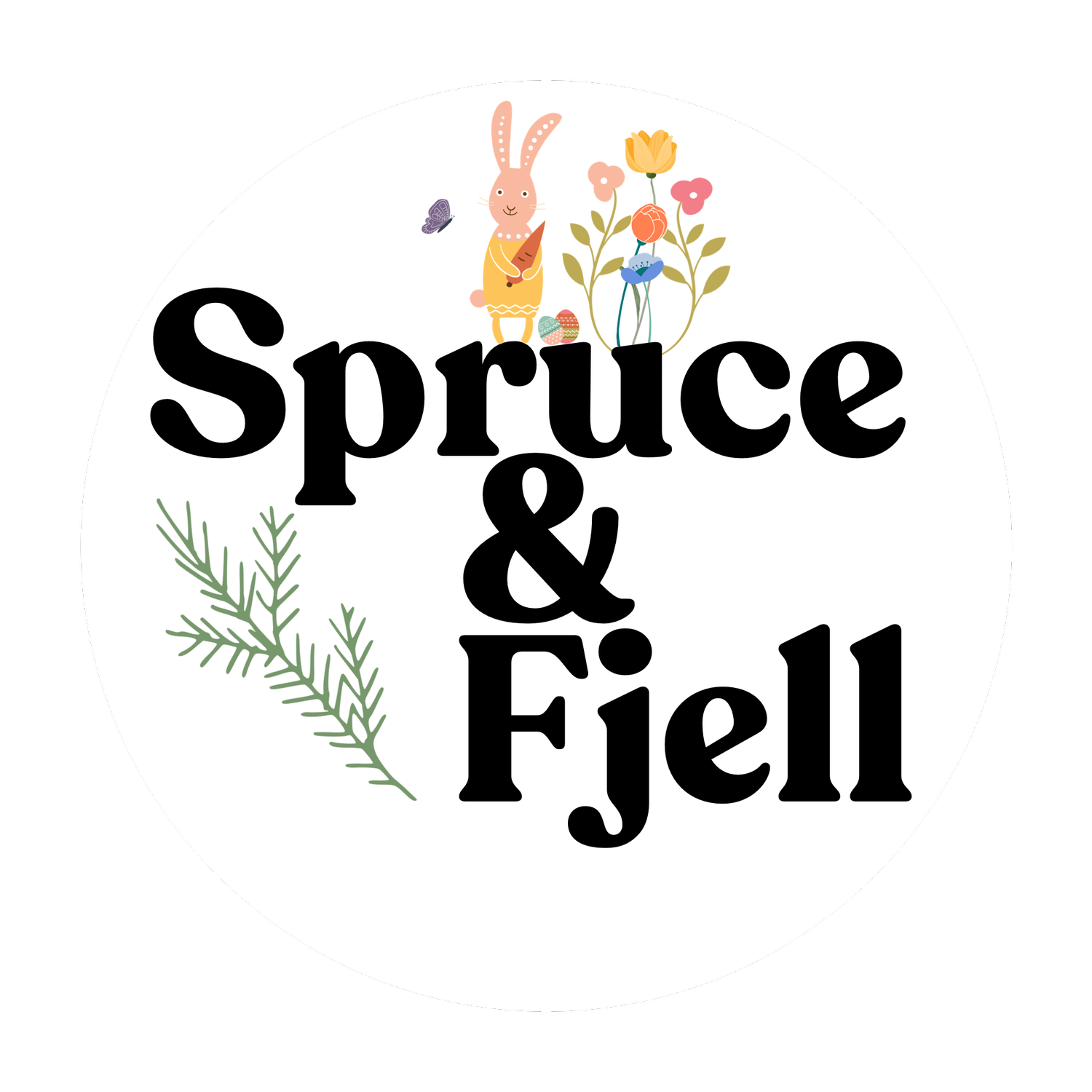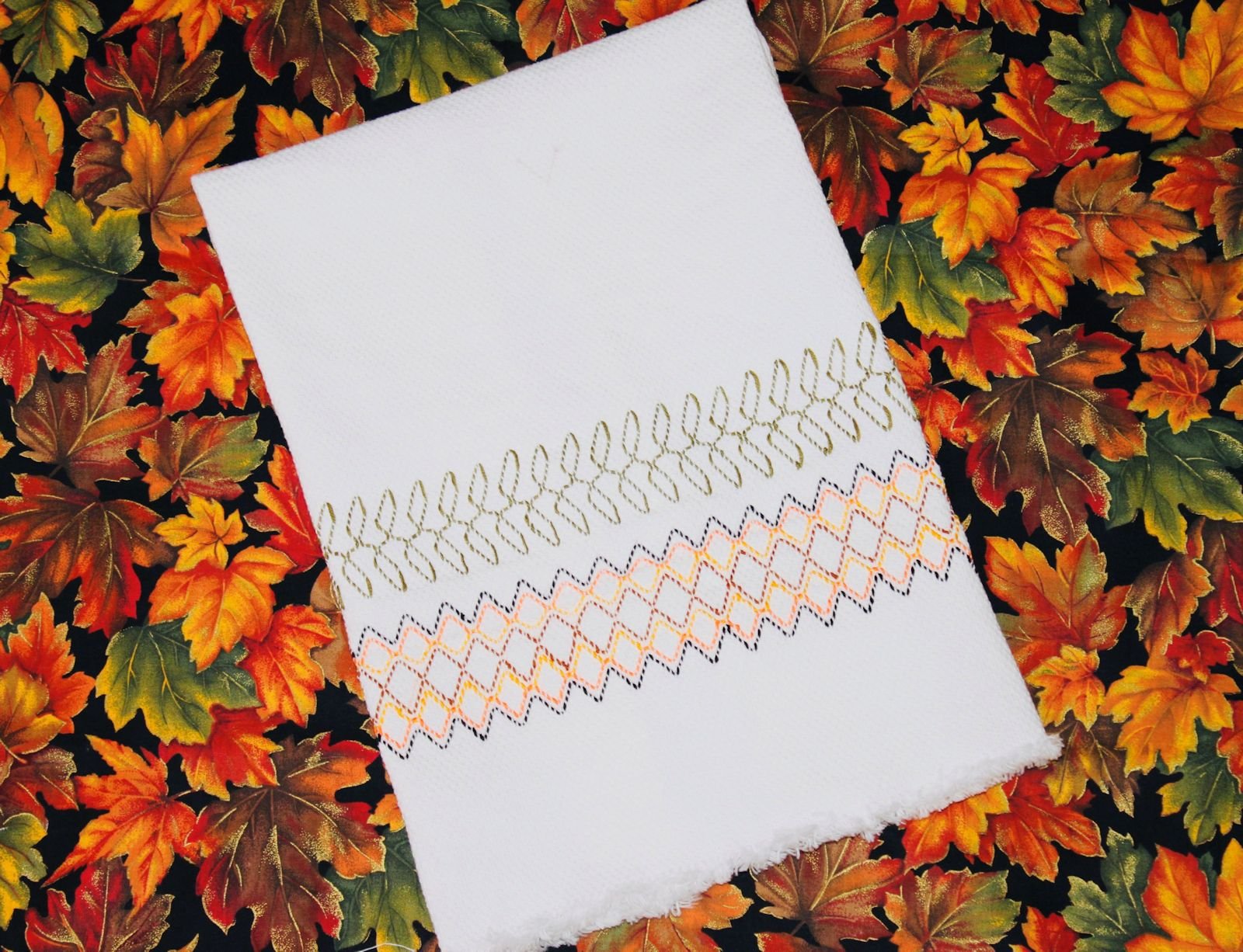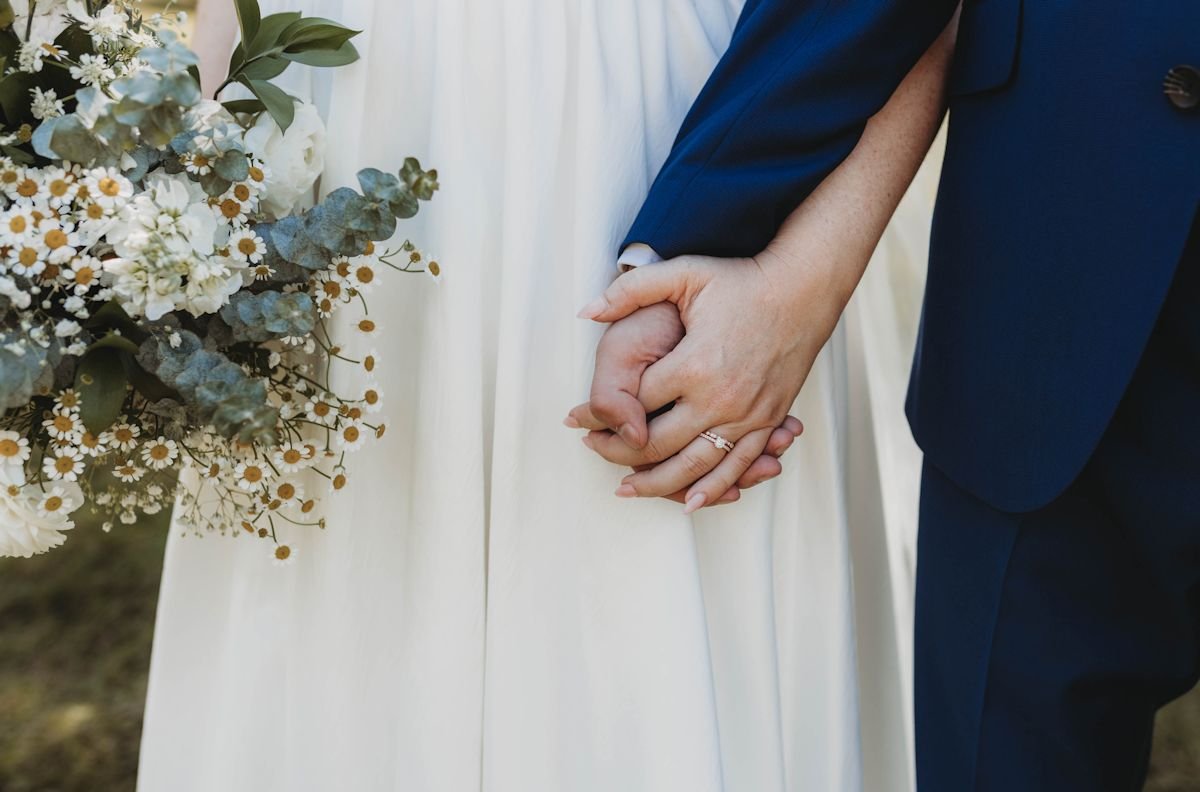Free Motion Embroidery
Free Motion Machine Embroidery
Use a darning foot for machine embroidery
Fun & creative!
NOTE: This lesson first appeared on our previous site, CraftAndFabricLinks.com.
Disclosure: This site contains affiliate links. As an Amazon Associate, I earn from qualifying purchases. Clicking on links, and purchasing products, may result in the seller paying us compensation - at no extra cost to you. Affiliate links are in green.
Also see:
Hand Embroidery Stitch Glossary
Choose The Right Sewing Machine
Craft & Decor Projects
Home Improvement
Embroidery Patterns & Lessons
What Is Free Motion Embroidery?
Free motion machine embroidery is actually very easy - it just takes a bit of practice and confidence. No fancy, expensive equipment is necessary! It requires only your sewing machine and a darning foot (which is usually included with the purchase of a sewing machine). Lower the feed dogs on the sewing machine, and replace the regular foot with a darning foot. The darning foot does not sit right on the fabric - there is just a bit of space between the fabric and the foot.
In the top photo, the wood fence detail, grasses, and pumpkin vines were created with free motion machine embroidery.
In the following photo, the packages contain free motion embroidery for the ribbon. Machine satin stitching was used to outline the packages and tree.
Darning Foot For Free Motion Embroidery
The following photo shows a darning foot. A darning foot has an open space that provides a good view of the fabric. The foot is above the fabric - not right on the fabric. My machine has a setting that is between presser foot raised, and presser foot totally lowered onto the fabric.
In the following photo, three tree branches were drawn onto the fabric. The fabric will be guided by hand under the needle, and the needle will create the embroidery.
Normally, feed dogs guide the fabric under the needle. With free motion embroidery, the feed dogs are lowered. The fabric does not move unless you move it with your hands. You can guide the fabric up, down, sideways - any direction - as the stitching occurs.
Machine Embroidery Supplies
Machine Embroidery Stabilizer
This material provides a stabilizing backing for creating even stitches when performing free motion embroidery.
Decorative Thread
My favorite thread is Sulky Blendables Thread. The thread is variegated, so creates a beautiful pattern when stitched. Grasses and other shapes that are machine embroidered look more natural. I love the look.
Darning Foot
A special sewing machine foot that allows for clearly seeing what is being stitched under the needle.
Lowered Setting of Feed Dogs (or ability to manually lower the feed dogs)
Machine free motion embroidery requires that the feed dogs be lowered.
Might Need
Applique Pressing Sheet & Iron-On Adhesive (fusible web): only needed if creating an intricate applique
For my machine embroidery projects, I use use an applique pressing sheet if creating an applique piece to be embroidered.
If you are adding machine embroidery to a quilt block or other item that does not involve an applique, you will not need this sheet.
For more information on using an applique pressing sheet, go to: Applique Pressing Sheet Lesson
Basic Sewing Supplies
cutting mat & rotary cutter (nice to have)
sewing scissors
thread (see able)
pins (I like to use the longer type quilting pins)
DIRECTIONS
Practice
Use scraps of fabric until you feel comfortable. It really is easy!
1. Lower the feed dogs
Lower the feed dogs. Why? Feed dogs hold the fabric between the presser foot and the throat plate. Normally, with regular sewing, feed dogs feed the fabric through as it is being stitched. You do NOT pull or push the fabric in any way - the feed dogs do all the work. With free motion embroidery, you control the movement of fabric. Turning and moving the fabric in different directions as the needle continues stitching creates the embroidery.
Follow the instructions for your machine regarding installation of the darning foot and lowering the feed dogs. My machine has a setting for the presser foot that keeps the foot slightly elevated (barely off the fabric). This allows “free motion” of the fabric. The needle simply goes up and down, stitching as usual, but the fabric is not fed by the feed dogs. The fabric is manually moved as stitching occurs.
2. Place the stabilizer
Place the stabilizer under your piece to be embroidered, in the area that will be embroidered. DO NOT OMIT THE STABILIZER. The stabilizer is necessary because it adds to correct body to the fabric, and thickens the fabric that is being embroidered.
3. Place the fabric
Place the fabric (with stabilizer under the fabric) under the needle and start to stitch. Make sure the feed dogs have been lowered and the darning foot is in place correctly. Move the fabric in various directions as the needle goes up and down, stitching. Run backward, forward, in circles, etc.
The following photo shows the wrong side of the fabric, with stabilizer. The machine stitching shows on the wrong side.
Nice Detail
I love the detail that the free motion machine embroidery added to the projects shown above. I was basically “drawing” with thread.
More Embroidery Projects
Sewing Lessons
Articles & Tips







































Learn how to add detail with free motion embroidery using a regular sewing machine and darning foot.